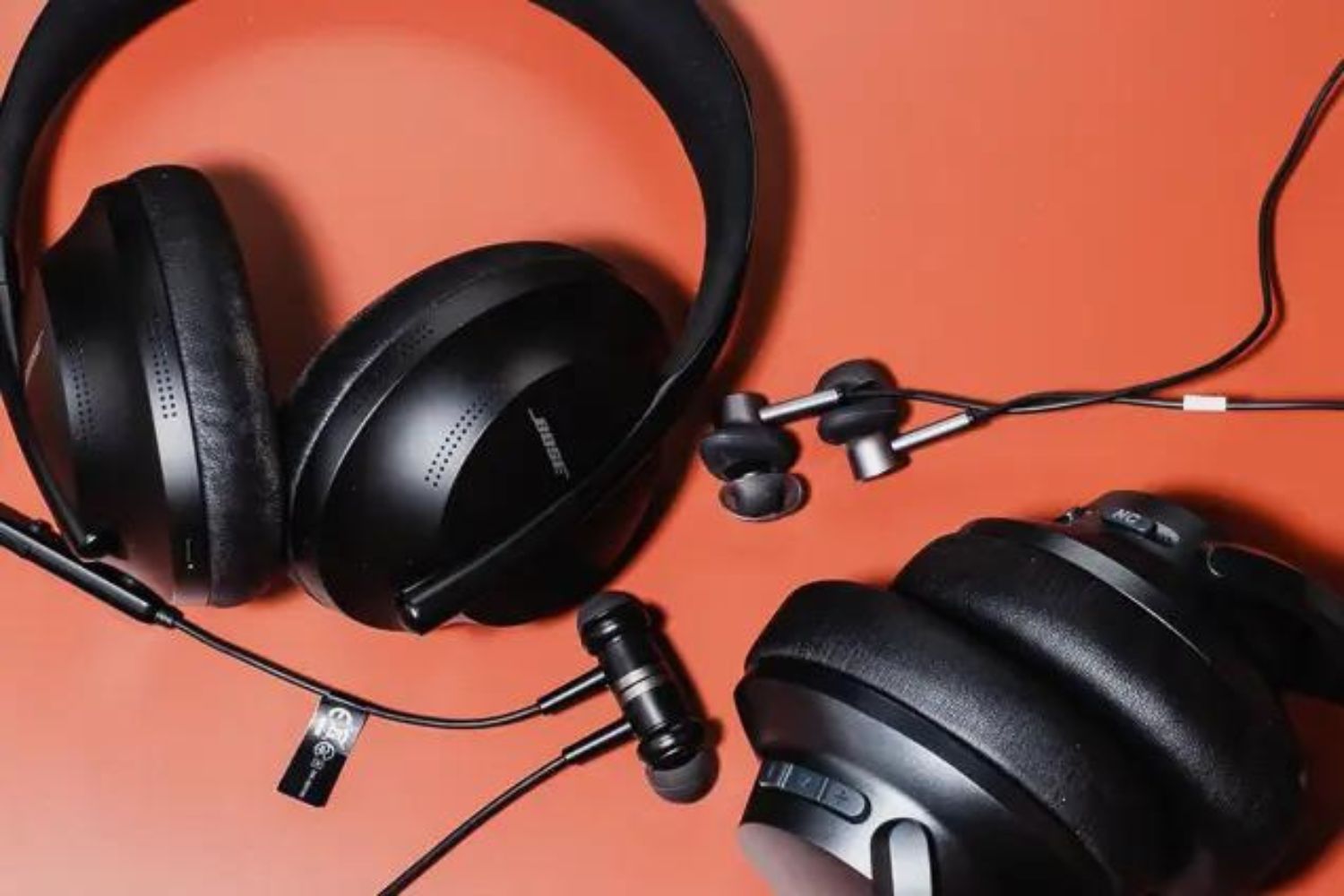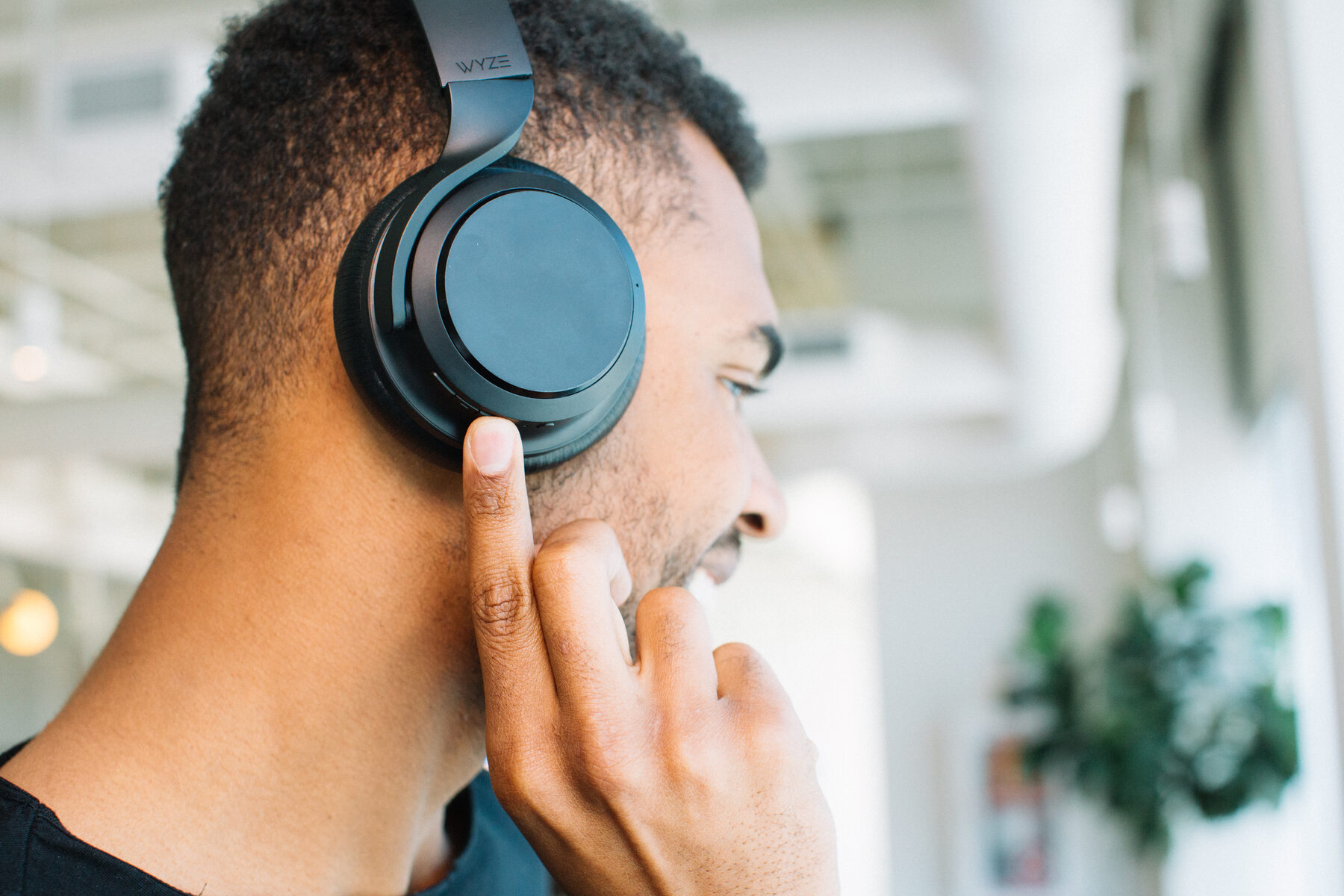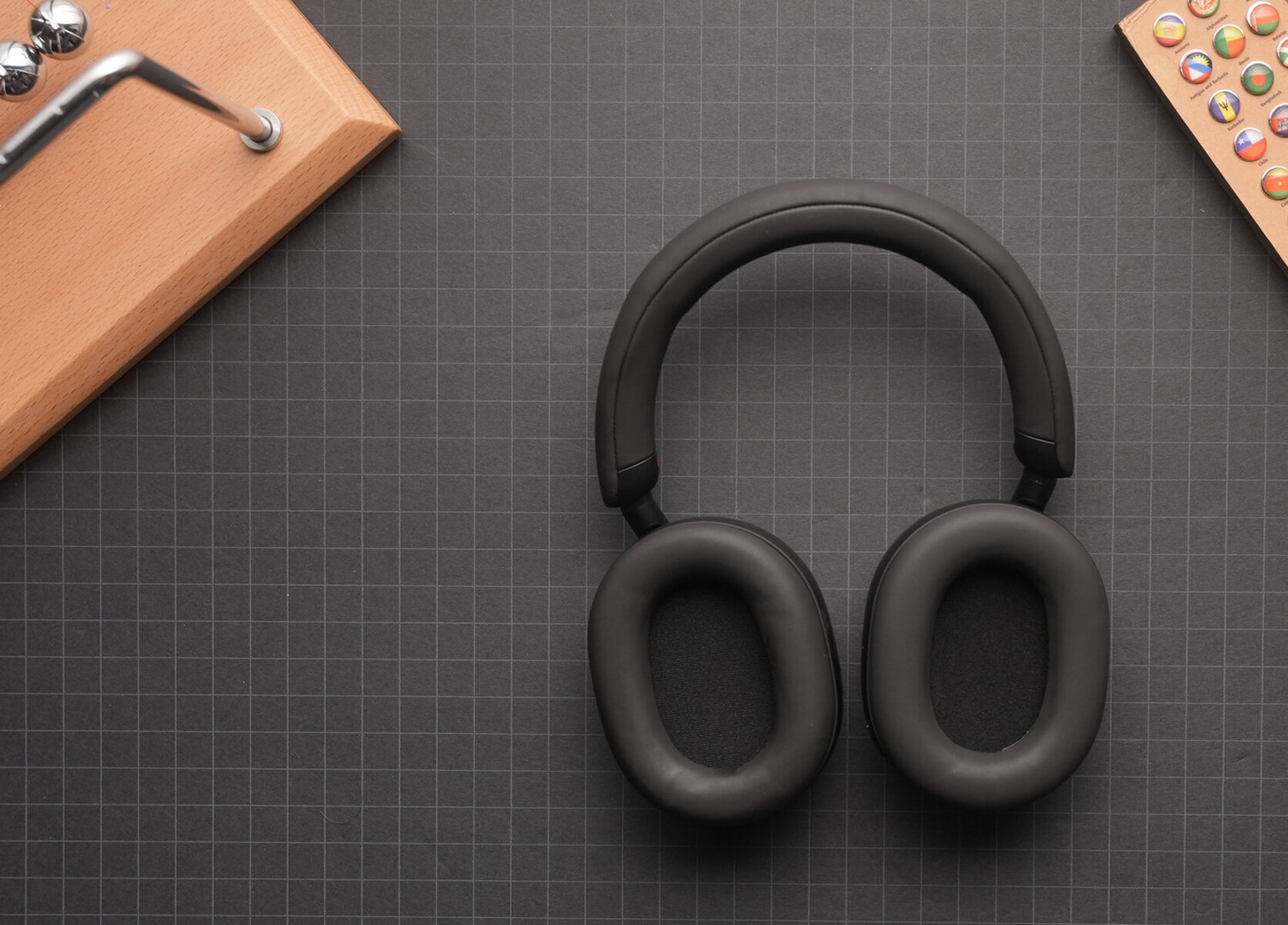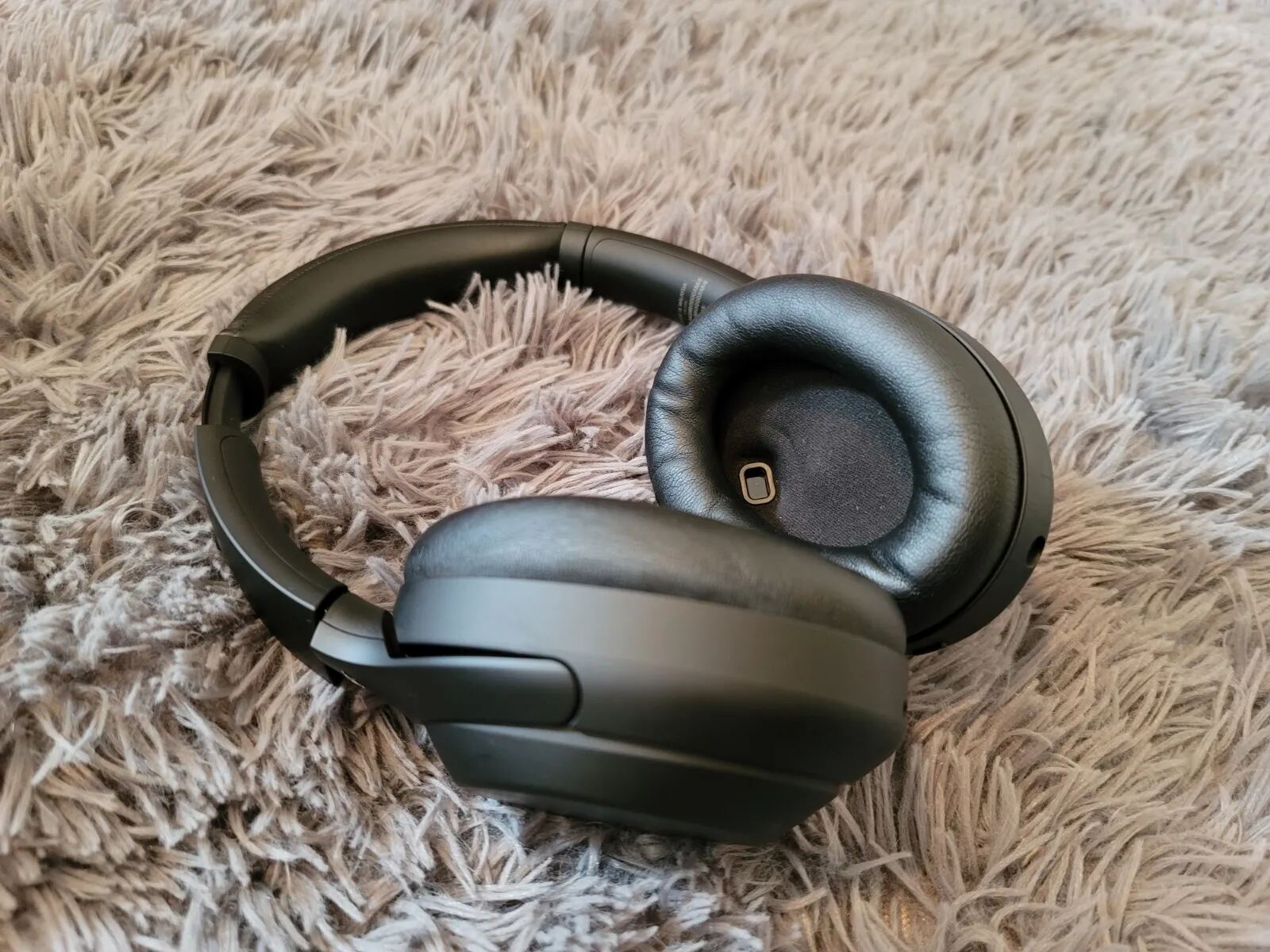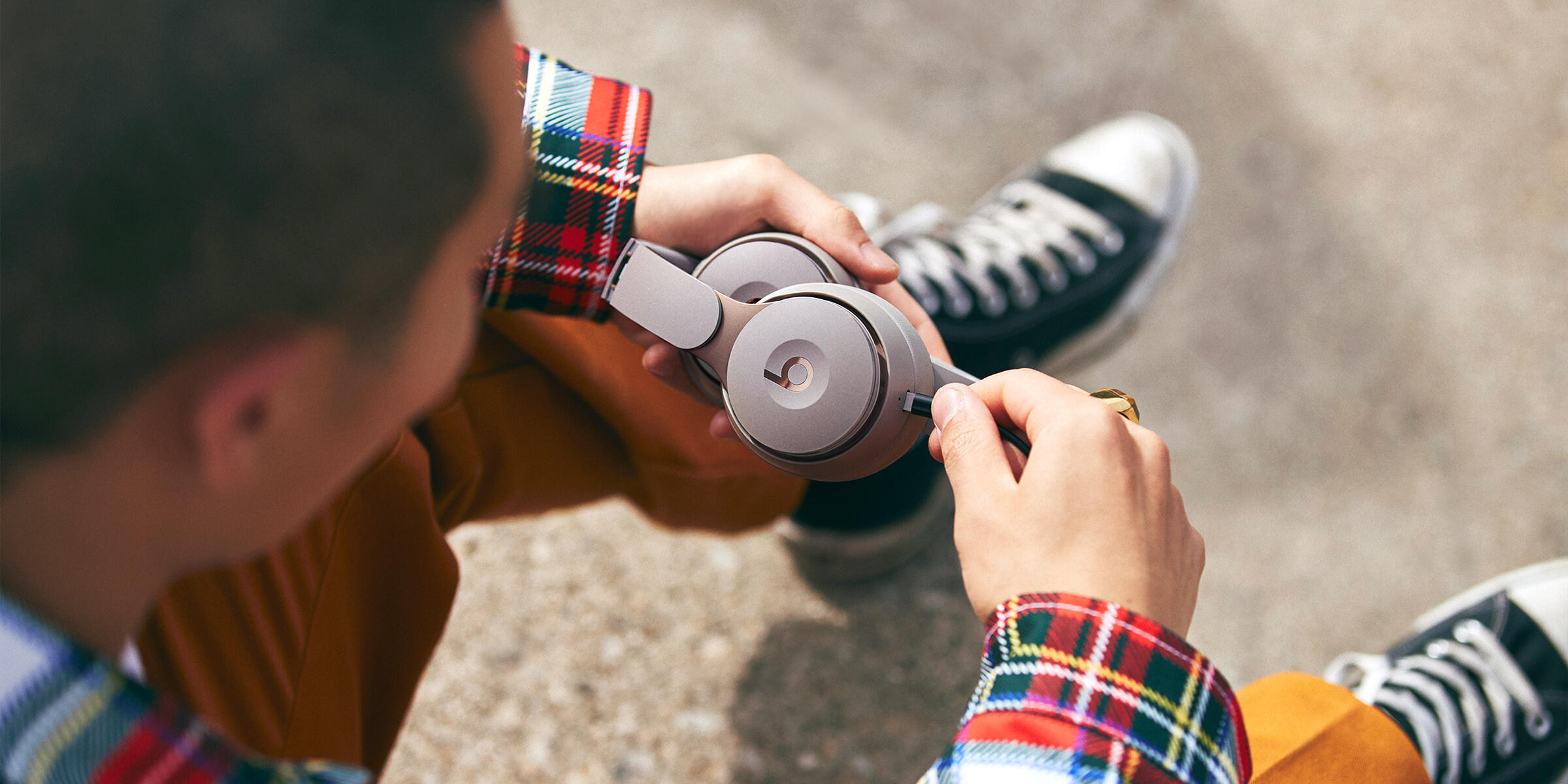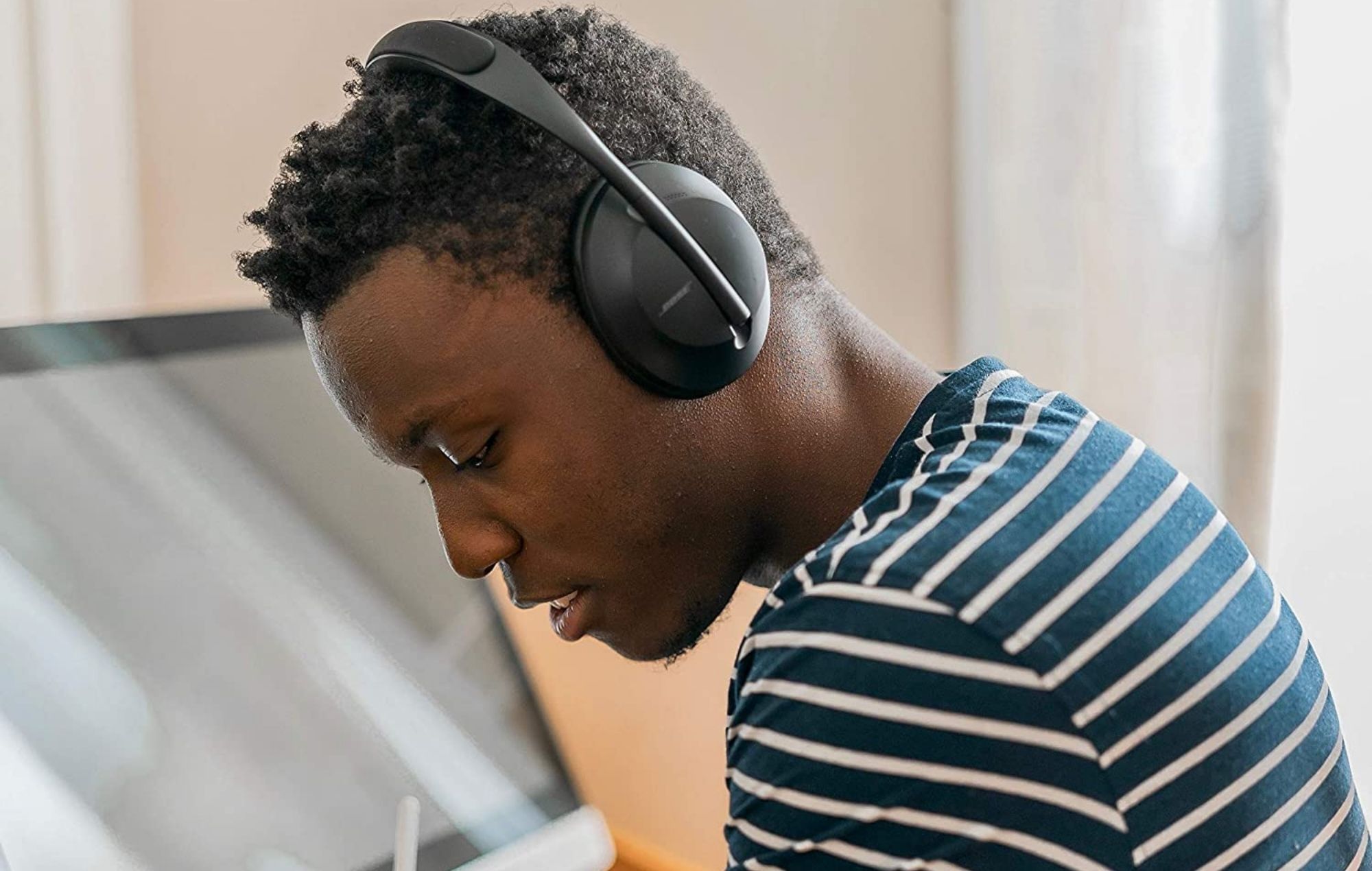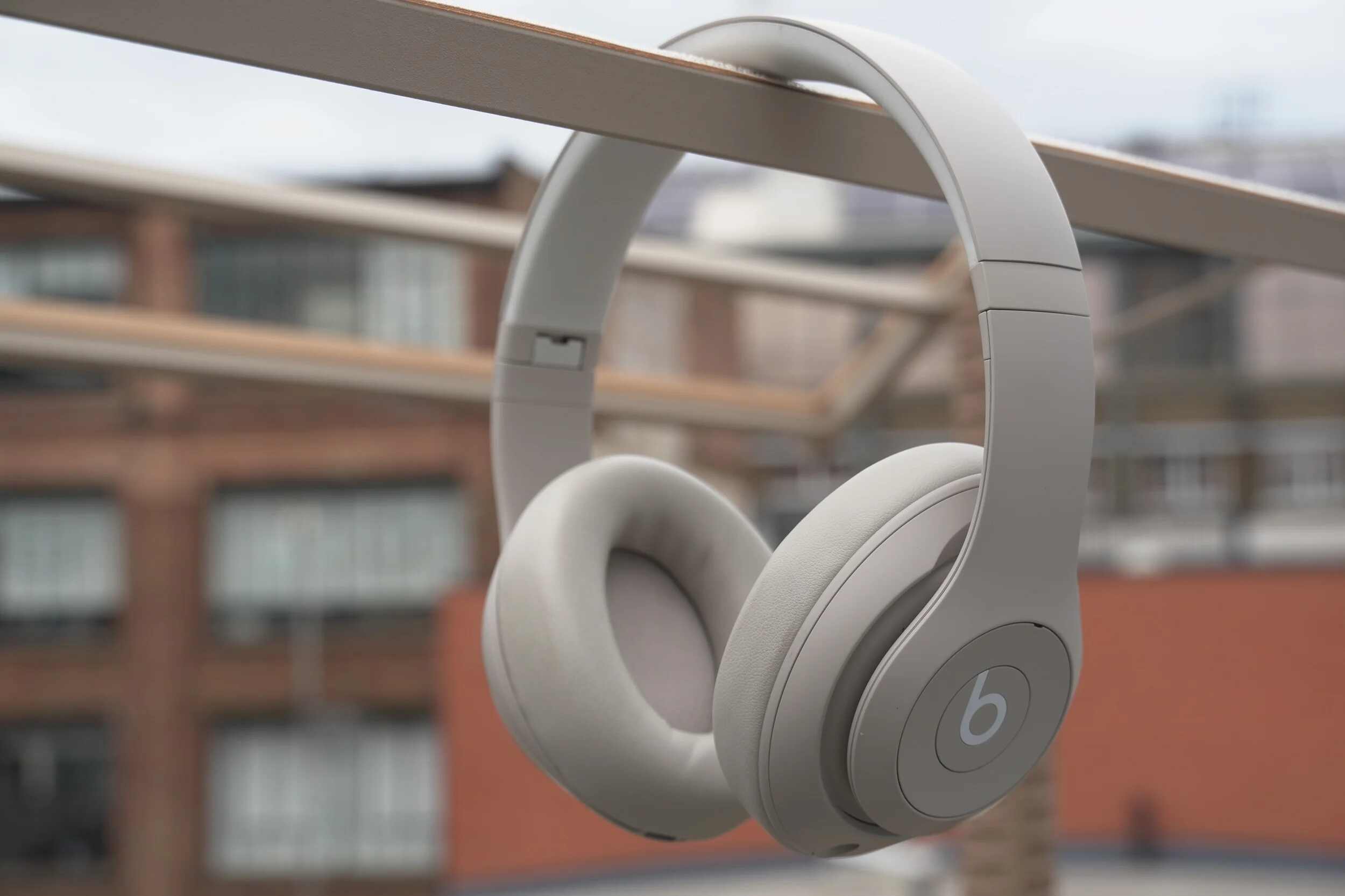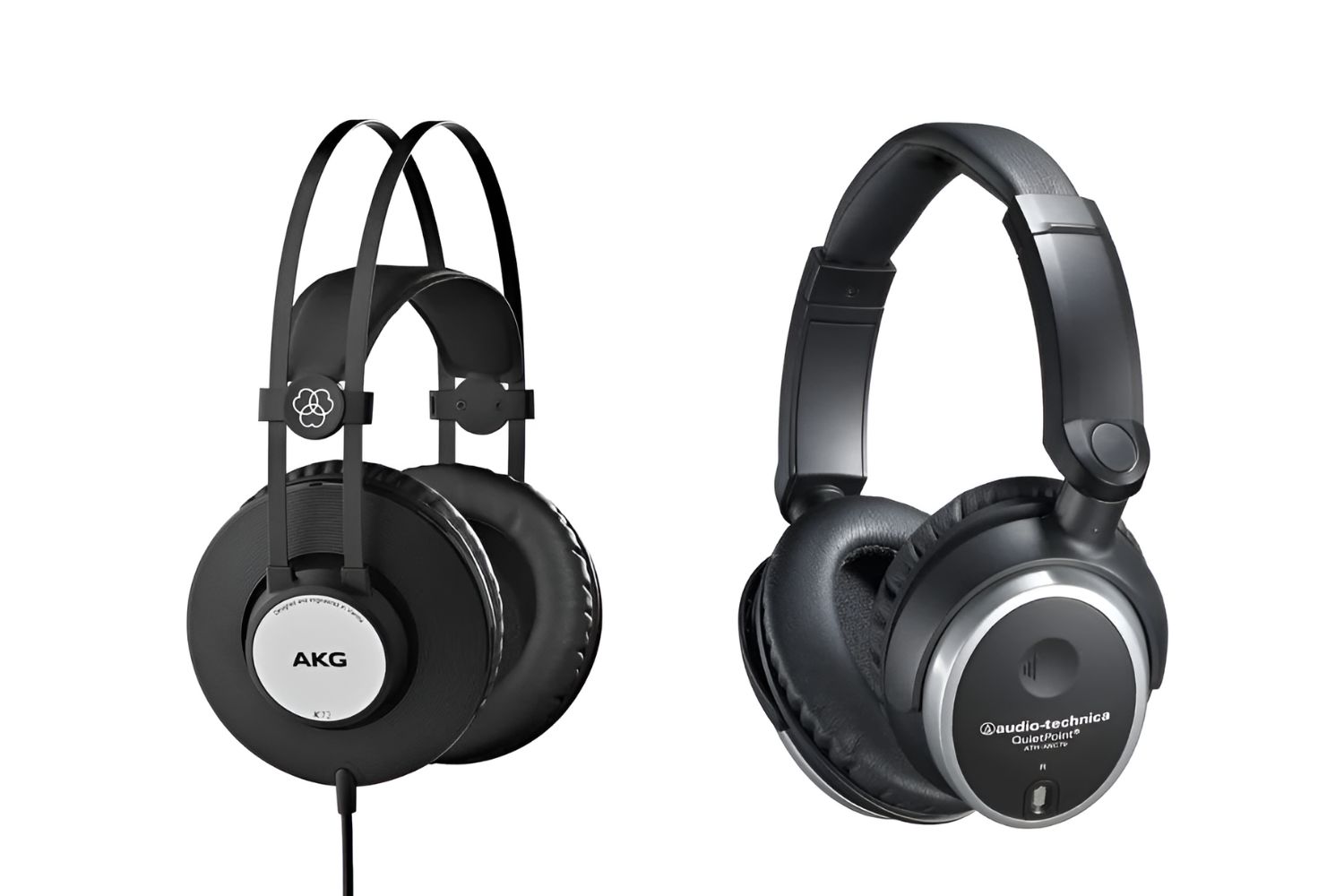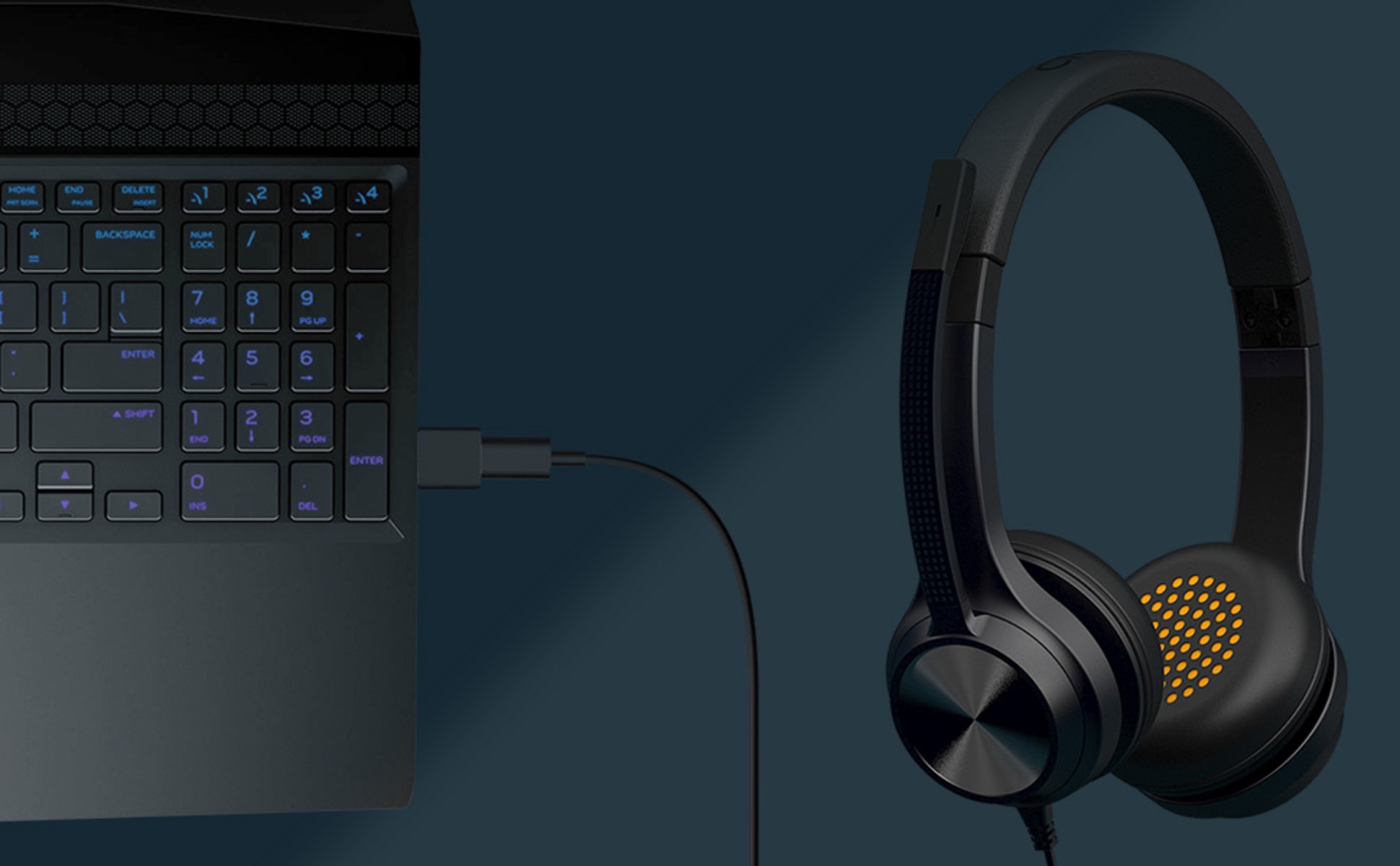Introduction
Noise cancelling headphones have become an essential accessory for many people, offering a sanctuary of tranquility in the midst of bustling environments. Whether you're a frequent traveler, a music enthusiast, or someone seeking respite from the cacophony of daily life, noise cancelling headphones can be a game-changer. However, it's crucial to ensure that your noise cancelling headphones are functioning optimally to reap the full benefits they offer.
In this guide, we'll delve into the intricacies of noise cancelling technology, equip you with methods to test the effectiveness of your noise cancelling headphones, highlight common issues that may arise, and provide valuable tips for maximizing their noise cancellation capabilities. By the end of this article, you'll be well-versed in evaluating and optimizing the performance of your noise cancelling headphones.
Whether you're a seasoned noise cancelling headphone user or contemplating investing in a pair, understanding the nuances of their functionality is paramount. Let's embark on this journey to unravel the mysteries of noise cancelling technology and ensure that your auditory oasis remains undisturbed.
Understanding Noise Cancelling Technology
Noise cancelling headphones employ a sophisticated technology designed to diminish or eliminate ambient sounds, allowing you to immerse yourself in a world of uninterrupted audio bliss. This feat is accomplished through a process known as active noise control (ANC). ANC functions by utilizing built-in microphones to detect external sounds, which are then countered by generating anti-noise frequencies through the headphones. These anti-noise frequencies effectively neutralize the incoming ambient sounds, resulting in a quieter auditory environment for the listener.
It’s important to note that noise cancelling technology is particularly effective at attenuating low-frequency sounds, such as the hum of airplane engines, the rumble of trains, or the drone of air conditioning units. However, higher frequency sounds, such as human voices or sharp, sudden noises, may not be as effectively suppressed by noise cancelling headphones.
Additionally, there are two primary types of noise cancelling technology: feedforward and feedback. Feedforward noise cancellation involves the microphones being positioned on the outside of the ear cups, capturing ambient sounds before they reach the ears. In contrast, feedback noise cancellation utilizes microphones placed inside the ear cups to detect sounds that have already reached the ears. Both methods have their own advantages and limitations, and the effectiveness of noise cancellation can vary based on the design and implementation of these technologies by different headphone manufacturers.
By comprehending the underlying principles of noise cancelling technology, you can gain a deeper appreciation for the intricate mechanisms at play within your noise cancelling headphones. This understanding will empower you to make informed decisions when selecting the right pair of headphones and enable you to assess their performance more effectively.
Testing Your Noise Cancelling Headphones
Ensuring that your noise cancelling headphones are functioning optimally is essential for experiencing the full benefits of this technology. Here are some effective methods to test the performance of your noise cancelling headphones:
- Active Testing: To assess the noise cancelling capabilities of your headphones in real-world scenarios, wear them in noisy environments, such as a bustling street or a crowded café. Observe the extent to which ambient sounds are suppressed and evaluate the overall reduction in background noise. Pay attention to whether low-frequency sounds, such as the hum of engines or air conditioning units, are adequately attenuated.
- Passive Testing: In quieter settings, such as your home or a peaceful park, activate the noise cancelling feature without playing any audio. This allows you to focus solely on the effectiveness of the noise cancellation, as any residual ambient sounds should be minimized, creating a cocoon of tranquility around you.
- Audio Playback Testing: Play a variety of audio content, including music, podcasts, or white noise, while activating and deactivating the noise cancelling feature. Listen for any discernible differences in audio quality and the level of background noise. Noise cancelling headphones should enhance the clarity and immersion of the audio by mitigating external distractions.
- Frequency-Specific Testing: Use online frequency generators or sound meter apps to emit specific frequencies while wearing your noise cancelling headphones. Assess how effectively the headphones neutralize these frequencies, particularly focusing on the suppression of low-frequency sounds.
By conducting these tests, you can gain valuable insights into the performance of your noise cancelling headphones across various environments and audio scenarios. It’s important to remember that individual experiences with noise cancellation may vary based on factors such as the fit of the headphones, the quality of the ANC technology, and the nature of the ambient sounds present.
Regularly evaluating the efficacy of your noise cancelling headphones will enable you to identify any potential issues and make informed adjustments to optimize their performance, ensuring that you consistently enjoy a serene listening experience in any setting.
Common Issues with Noise Cancelling Headphones
While noise cancelling headphones offer remarkable benefits, they may encounter certain issues that can affect their performance. Understanding these common issues is crucial for troubleshooting and maximizing the effectiveness of your headphones. Here are some prevalent issues associated with noise cancelling headphones:
- Battery Drain: Noise cancelling technology requires power, often supplied by a built-in battery. If your headphones are experiencing rapid battery drain, the noise cancelling feature may become ineffective or cease to function. Regularly check and recharge the battery to maintain optimal noise cancellation performance.
- Audio Quality Impact: In some instances, activating the noise cancelling feature may slightly alter the audio quality, particularly in older or lower-quality headphones. This can manifest as a subtle reduction in audio clarity or a change in the sound profile. It’s important to find a balance between noise cancellation and audio fidelity that aligns with your preferences.
- Sound Leakage: Improper sealing or damage to the ear cups can lead to sound leakage, where ambient sounds permeate into your listening experience despite the noise cancelling feature being active. This compromises the effectiveness of noise cancellation and detracts from the immersive audio experience.
- Compatibility Issues: Certain noise cancelling headphones may exhibit compatibility issues with specific audio sources or devices, resulting in irregular noise cancellation performance or connectivity issues. Ensuring that your headphones are compatible with your intended audio sources can mitigate these issues.
- Intermittent Noise Cancellation: Some users may encounter intermittent or inconsistent noise cancellation, where the effectiveness of the feature fluctuates unpredictably. This can be attributed to various factors, including environmental interference, hardware malfunctions, or software glitches.
Addressing these common issues involves proactive maintenance, careful assessment of the headphones’ condition, and troubleshooting any compatibility or technical issues. By staying vigilant and promptly addressing these challenges, you can preserve the optimal performance of your noise cancelling headphones and mitigate potential disruptions to your listening experience.
Tips for Maximizing Noise Cancellation Effectiveness
To optimize the noise cancellation capabilities of your headphones and elevate your auditory sanctuary to new heights, consider implementing the following tips:
- Ensure Proper Fit: A secure and snug fit is paramount for maximizing noise cancellation. Properly adjust the headband and ear cups to form a tight seal around your ears, preventing ambient sounds from infiltrating your listening experience.
- Maintain Battery Health: Regularly monitor and recharge the headphone’s battery to sustain the uninterrupted function of the noise cancelling feature. An adequately powered battery is essential for consistent and effective noise cancellation.
- Select Suitable Listening Environments: When feasible, choose quieter environments to complement the noise cancellation technology. Minimizing the presence of loud and persistent ambient sounds can enhance the overall effectiveness of noise cancellation.
- Utilize Complementary Ear Tips: If your noise cancelling headphones feature interchangeable ear tips, experiment with different sizes and materials to identify the most effective option for achieving an optimal seal and noise isolation.
- Update Firmware and Drivers: Stay abreast of firmware updates and driver enhancements provided by the headphone manufacturer. These updates can address performance issues, refine noise cancellation algorithms, and introduce new features to augment the overall listening experience.
- Practice Proper Maintenance: Regularly clean and inspect your noise cancelling headphones to ensure that the ear cups, cushions, and internal components remain free from debris and damage. Proper maintenance contributes to consistent noise cancellation performance and prolongs the lifespan of your headphones.
- Experiment with EQ Settings: Adjust the equalizer settings on your audio source or device to tailor the audio output to your preferences while complementing the noise cancelling feature. Fine-tuning the EQ can optimize the balance between noise reduction and audio fidelity.
- Explore Adaptive Noise Cancellation: Some advanced noise cancelling headphones offer adaptive or customizable noise cancellation settings that adapt to specific environments or user preferences. Familiarize yourself with these features to harness personalized noise cancellation tailored to your needs.
By embracing these tips and integrating them into your noise cancelling headphone usage, you can elevate the effectiveness of noise cancellation and curate an immersive and undisturbed listening experience across diverse settings and audio environments.







